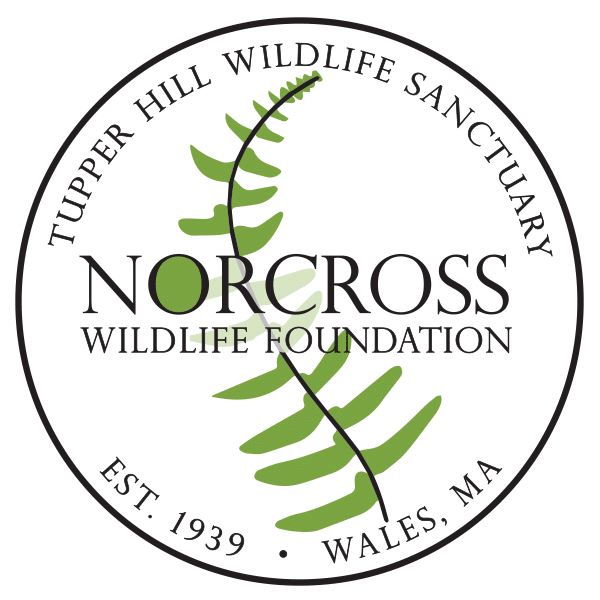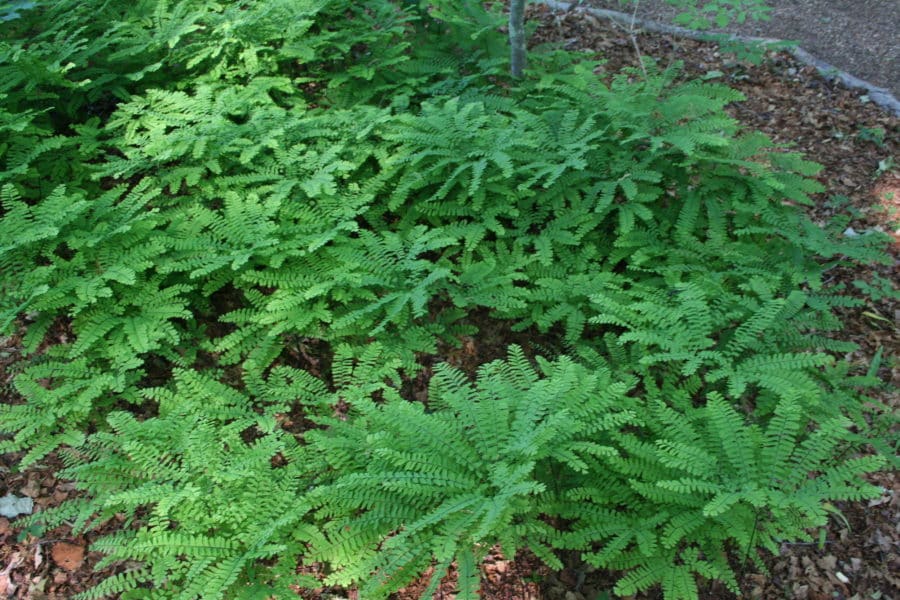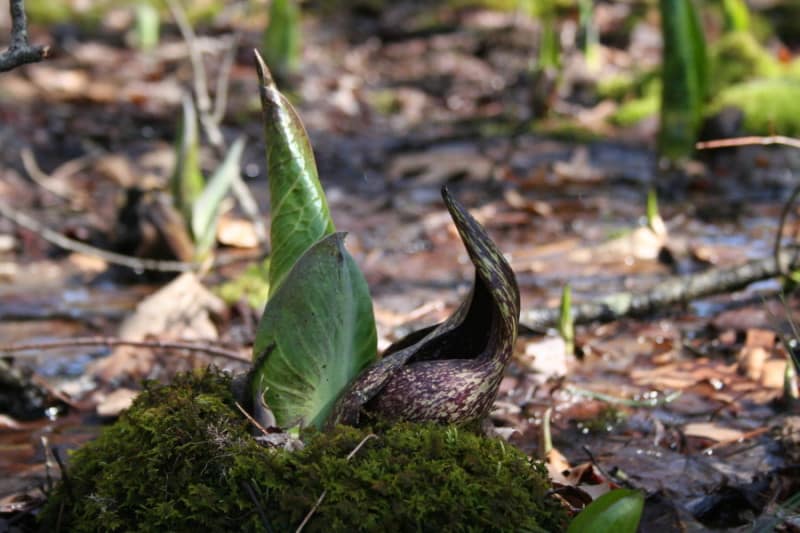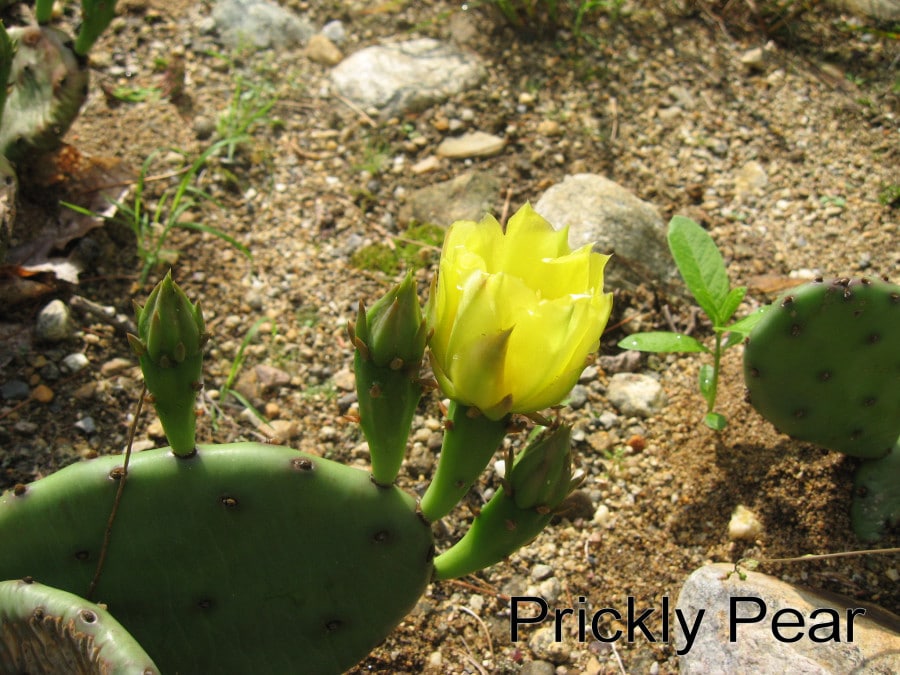There is a lot of information going around about protecting our pollinators. What we do in the garden, what we plant and how we interact with the environment around us is important to the insects that live with us. Pollinators are certainly very vulnerable when we use pesticides and the insecticides that kill the mosquitos or Japanese beetles may not be selective to only those insects. Herbicides that kill the weeds we don’t like in our lawns – including dandelions which provide nectar for pollinators and fungicides may also contain ingredients that can affect insects as well. If we avoid those things, we can add plants to our gardens for pollinators.[lightbox link=”http://norcrosswildlife.org/wp-content/uploads/2017/03/wasp-sq1-e1489084233299.jpg” thumb=”http://norcrosswildlife.org/wp-content/uploads/2017/03/wasp-sq1-150×150.jpg” width=”150″ align=”right” title=”” frame=”true” icon=”image” caption=””]
Fortunately there are some great identification guides online and many planting suggestions that are easy to find. As I often say, planting native plants will attract native insects including many diverse pollinators. New England Wildflower Society (www.newenglandWILD.org) offers a good list of native trees, shrubs and perennials that can be added to your garden. I also found a lot of useful links at the Xerces society for invertebrate conservation site (www.xerces.org). They offer plant lists, conservation guides, and identification and monitoring resources for different regions across the country. The Natural Resources Conservation Service (NRCS) also provides a nice plant list with pictures and a source list of nurseries.
[lightbox link=”http://norcrosswildlife.org/wp-content/uploads/2017/03/symphyotrichum-novae-angliae-and-bee-e1489084205779.jpg” thumb=”http://norcrosswildlife.org/wp-content/uploads/2017/03/symphyotrichum-novae-angliae-and-bee-150×150.jpg” width=”150″ align=”left” title=”” frame=”true” icon=”image” caption=””]Need a reference guide to hold in your hand? Bringing Nature Home by Doug Tallamy is good for planting from tree top to lowest groundcover and helps you plant for a variety of wildlife – including pollinators. Of course, you can also attend our upcoming lecture here at Norcross – Weird Sex in Nature, how plants get it on. On Saturday, March 11th Elizabeth Farnsworth, our guest speaker and the senior research ecologist at the New England Wildflower Society and can answer questions about attracting pollinators to your backyard.


